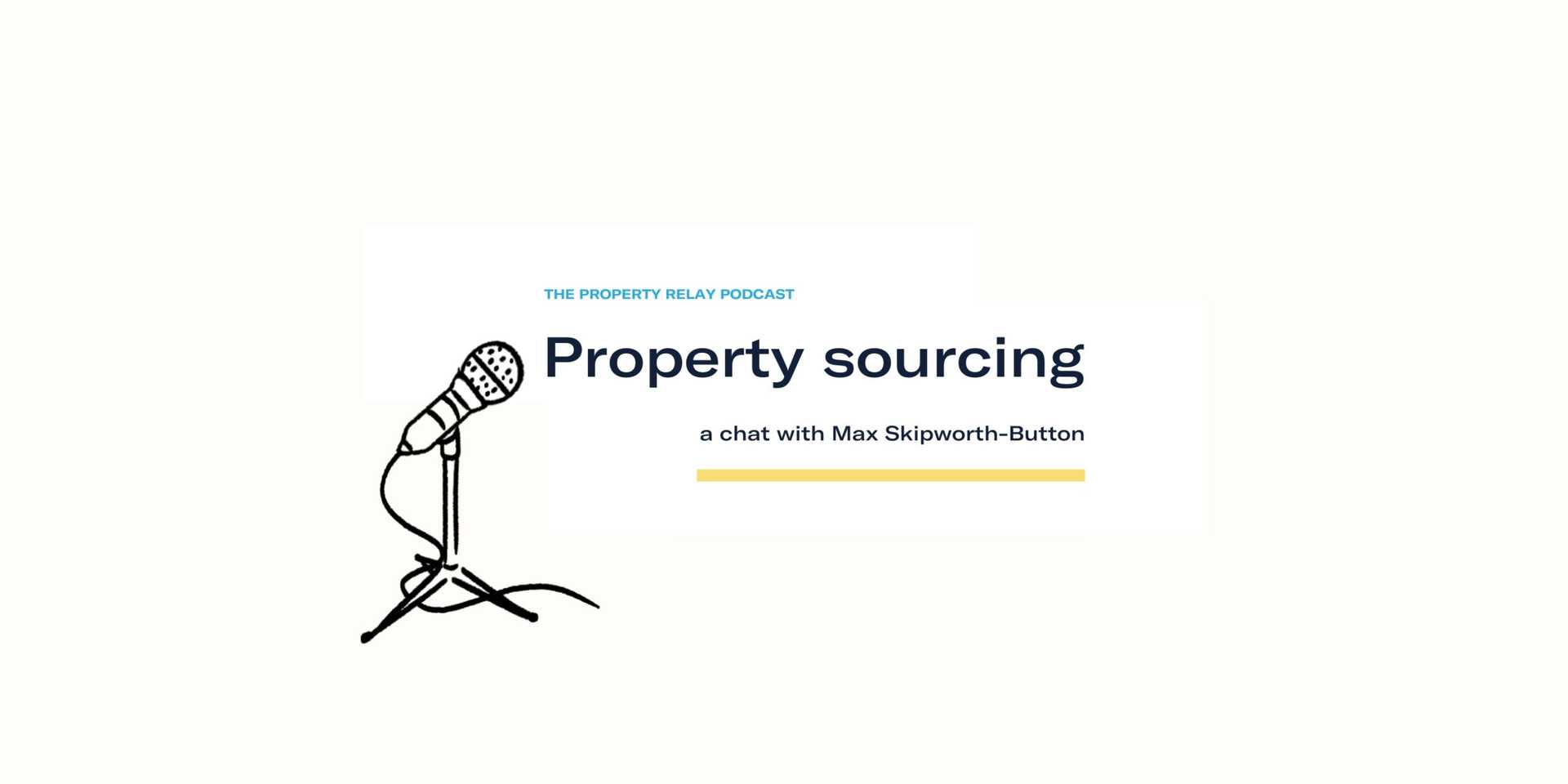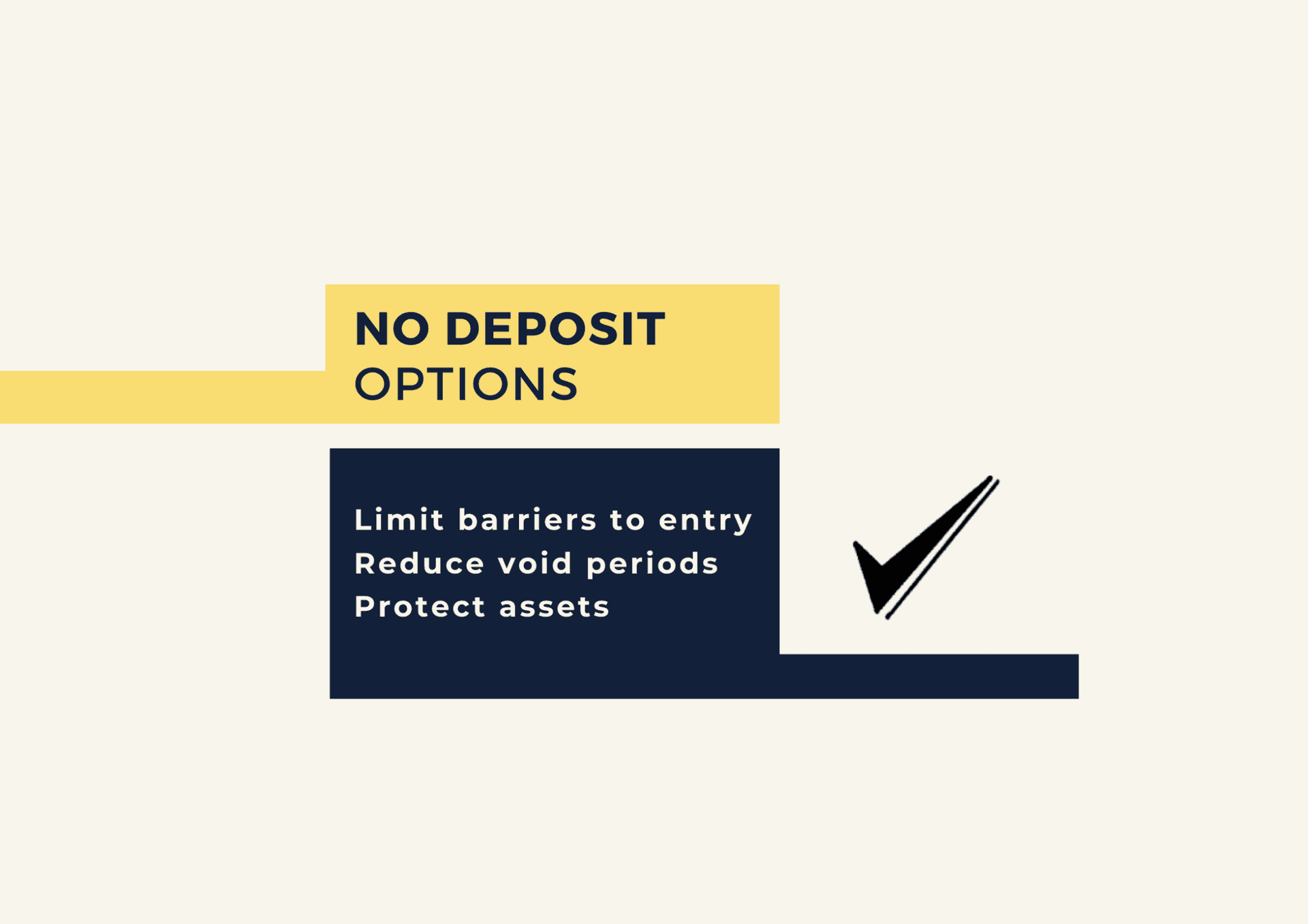Share
Assured Shorthold Tenancy (ASTs) agreements were introduced as part of the Government’s Housing Act 1988 legislation, and updated by the Housing Act 1996 which still remains in place.
The government comment ‘the act is to make provision about housing, including provision about the social rented sector, houses in multiple occupation, landlord and tenant matters, the administration of housing benefit, the conduct of tenants, the allocation of housing accommodation by local housing authorities and homelessness; and for connected purposes.’
What is an AST?
In most cases within the UK, an AST is a written agreement between the landlord and the tenant, explaining important terms and conditions for the tenancy. Once agreed, the contract lasts for a minimum of 6 months and is designed to outline the expectations from both parties and protect both the landlord and tenant in the case of any disputes.
An AST will apply if you are renting the property as your main accommodation, from a private landlord or housing association. This type of tenancy only applies if the tenancy started post 15th January 1989, and the landlord does not live in the property with you.
A standard AST agreement includes:
- Tenant and landlord details including name and address
- The tenancy start and end date. The landlord may want these dates to be fixed, or as with most tenancies, it may move onto a periodic tenancy or ‘rolling contract’ after the fixed term has ended
- The monthly rental amount and date payable
- Deposit amount required (capped at the equivalent of 5 weeks of rent)
- The latest housing legislation laws
- Clauses around tenant responsibilities including bills that the tenant is required to pay, rules on subletting the property, whether pets or smoking are allowed, decorating, and specific areas of the property which must be maintained in good conditions i.e. communal reception areas, shared gardens, car parks etc.
- Clauses around landlord responsibilities including how the deposit will be protected, compliance matters such as electric and gas safety measures, and giving tenants the right to quiet enjoyment of the property.
- The correct process of ending the agreement from both sides, including notice periods and inventory reports to return the security deposit initially collected by the landlord.
Both landlords and tenants are allowed to request special clauses be added to the standard tenancy agreement template, as long as these are agreed before the contract is signed by either party.
At City Relay, we take care of organising contractual agreements for you, taking the stress out of managing your rental property. These contracts are created through our Goodlord portal, which is automatically and regularly updated with any new government regulations and legislation, ensuring you as the Landlord are always compliant with the latest rules. All you need to do is review the contract, and if happy, sign on the dotted line!













